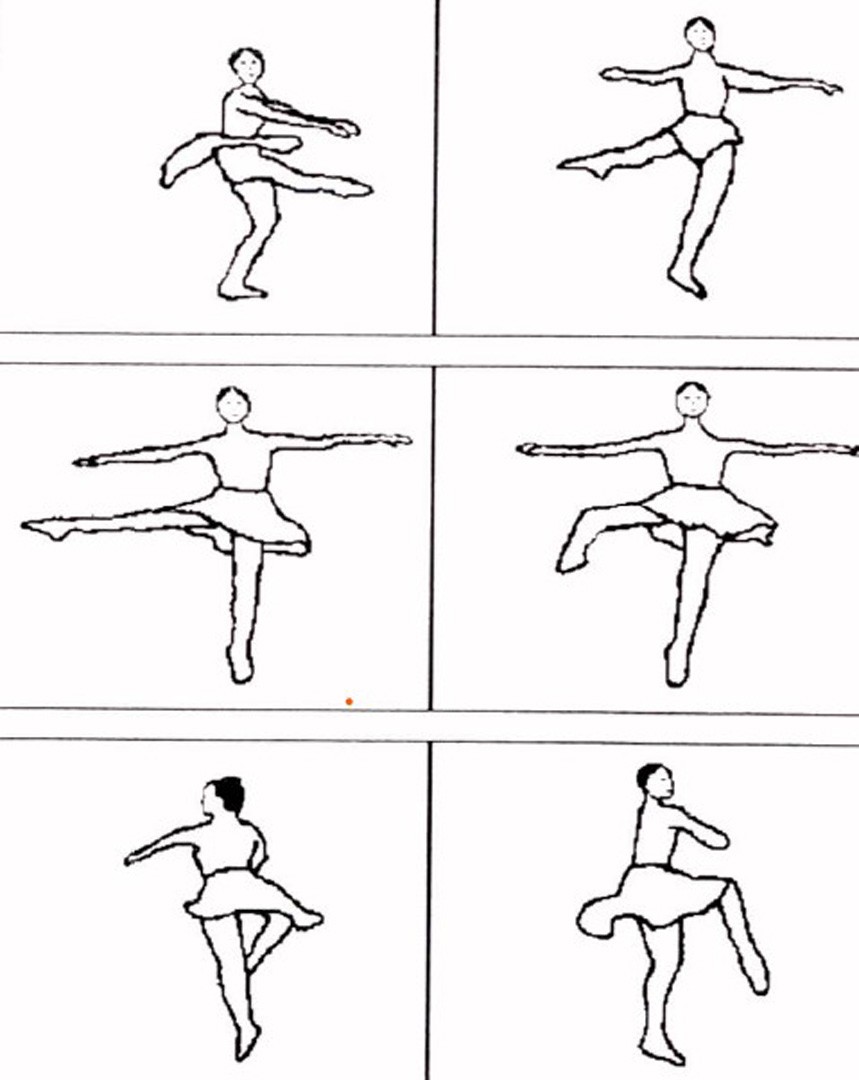“A differential compiler for computer animation” by Denber and Turner
Conference:
Type(s):
Title:
- A differential compiler for computer animation
Presenter(s)/Author(s):
Abstract:
A program for the real-time display of computer animation on a bit-mapped raster display is presented. The differential compiler performs temporal domain image data compression using frame replenishment coding on successive frames of animation stored in memory as bitmaps and saves only the differences. A small run-time interpreter then retrieves and displays the differences in real-time to create the animated effect. This results in a significant reduction in storage requirements, and allows animation on general purpose computers which would otherwise be too slow or have insufficient memory. Frame creation is both device and method independent. An animation environment supports interactive editing capabilities, reconstructing any arbitrary desired frame for later modification. Frames can be added, modified, or deleted, and the animated sequence can be viewed at any point during the session. The compiler is automatically called as needed; its operation is transparent to the user. The compiler is described in detail, both in terms of data compression and the requirements of interactive animation editing.
References:
1. Baecker, Ronald M., “A conversational extensible system for the animation of shaded images”, Computer Graphics (Proc. Siggraph 76), 10:2, 1976, 32-39]]
2. Baecker, Ronald M., “Digital video display systems and dynamic graphics”, Computer Graphics (Proc. Siggraph 79), 13:2, Aug. 1979, 48-56]]
3. Catmull, Edwin, “The problems of computer-assisted animation”, Computer Graphics (Proc. Siggraph 78), 12:3, July 1978, 348-353]]
4. Carroll, Lewis, The Annotated Alice, World Publishing Co., New York, 1960, p. 184 (illustration hy John Tenniel}.]]
5. Disney, Walter, Fantasia, 1940. Drawing digitized and then modified from a frame in the “Sorcerer’s Apprentice” section of this film.]]
6. Feiner, S., D. Satesin, T. Banchoff, “Dial: a diagrammatic animation language”, IEEE Computer Graphics and Applications, 2:7, Sept. 1982, 43-53]]
7. Fox, David, Mitchell Waite, Computer Animation Primer, McGraw-Hill, New York, 1984]]
8. Garey, Michael R., David S. Johnson, Computers and Intractability: A Guide to the Theory of NP-CompIeteness, W.H. Freeman & Co., San Francisco, 1979]]
9. Kahn, Kenneth M., “An Actor-based computer animation language”, Proc. ACM-SIGGRAPH Workshop on User-Oriented Design of Computer Graphics Systems, Pittsburgh, Pa., Oct. 1976]]
10. Karshmer, Arthur I., “A motion directed picture segmentation system to support network graphics applications”, Proc. 1979 {EEE Computer Society Conference on Pattern Recognition and Image Processing, Aug. 1979, 630-637]]
11. Lansdown, R.J., “Computer animation: A concise review”, Computer Graphics 82, Proceedings of the Online Conference, 1982, 279-29O]]
12. Laws, Kenneth, “Physics and dance”, American Scientist, 73:5, Sept.-Oct. 1985, 426-431. Drawings digitized from photographs by Martha Swope of Lisa de Ribere.]]
13. Magnenat-Thalmann, Nadia, Daniel Thalmann, Computer Animation: Theory and Practice, Springer-Verlag, Tokyo, 1985]]
14. Minsky, Margaret R., “Manipulating simulated objects with real-world gestures using a force and position sensitive screen”, Computer Graphic~ (Proc. S{ggraph 841, 18:3, July 1984, 195-203]]
15. O’Donnell, T.J., Arthur J. Olson, “GRAMPS: A graphical language interpreter for real-time, ~nteractive, three-dimensional picture editing and animation”, Computer Graphics (Proc. Siggraph 81), 15:3, Aug. 1981, 133-142]]
16. Oppenheim, Alan V., ed., Applications of Digital Signal Processing, Prentice-Hall, Engtewood Cliffs, N.J., 1978]]
17. Palyka, Duane M., “A brief description of an inbetween system (using drawings by Francis Glebas)”, NYIT CGL, July 1983, in Siggraph 84 Animation Tutorial Notes, 82-87]]
18. Pratt, William K., Digital Image Processing, John Wiley & Sons, New York, 1978]]
19. Reynolds, Craig W., “Computer animation with Scripts and Actors”, Computer Graphics (Proc. Siggraph 82), 16:3, July 1982, 289-296]]
20. Shoup, Richard G., “Color table animation”, Computer Graphics (Proc. Siggraph 79), 13:2, Aug. 1979, 8-13]]
21. Thomas, Frank, “Can classic Disney animation be duplicated on the computer?”, Computer Pictures, July/Aug. 1984, 20-26]]




